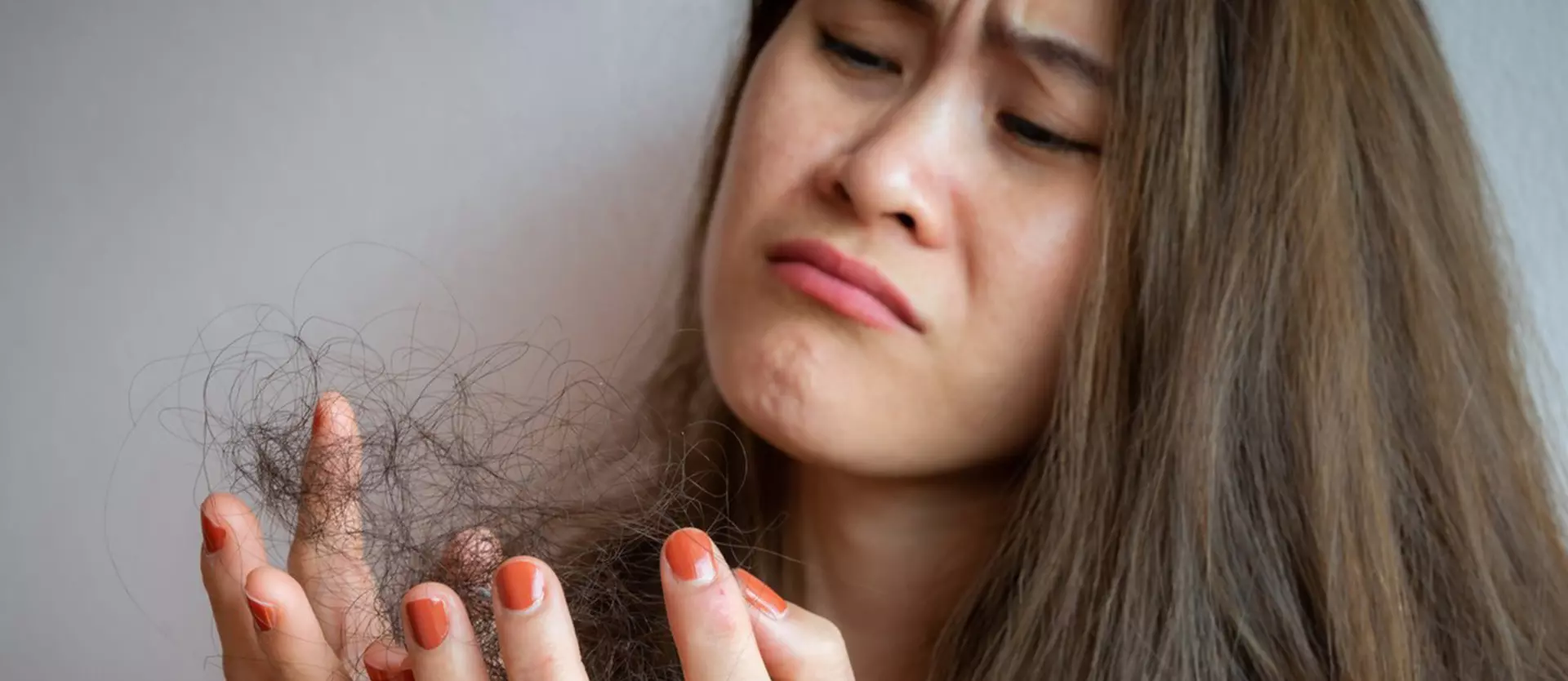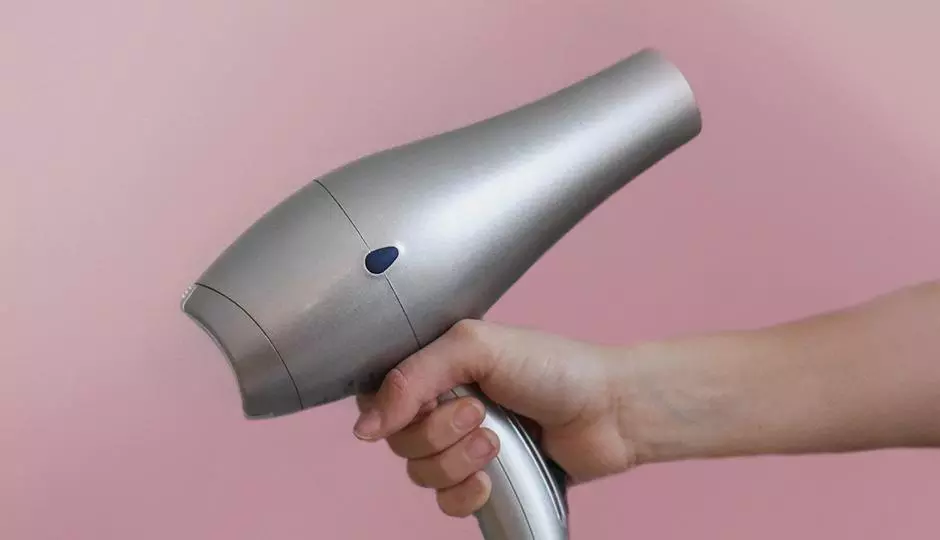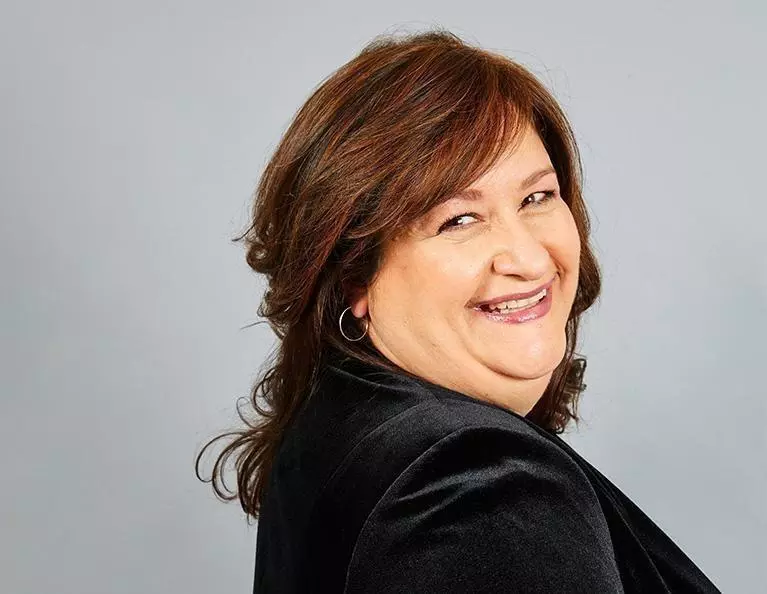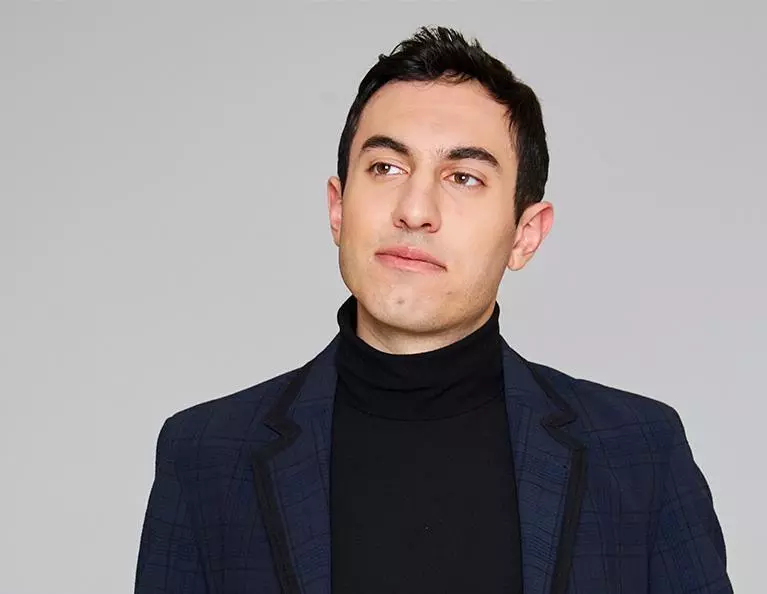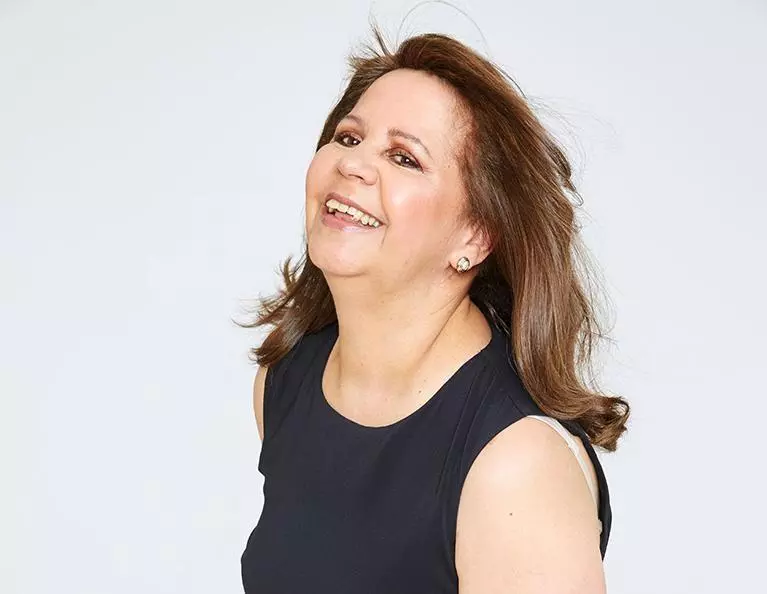We’re all used to the changing seasons, with temperatures rising or falling and the scenery around us changing as we go. This can affect all kinds of things, including how we feel, depending on whether it’s hot or cold.
But did you know it can also affect your hair?
We’re not referring to hair going frizzy in the heat either – we’re talking about seasonal hair shedding. In this article, we’ll discover what happens and whether there are any hair loss solutions you can resort to.
Is Seasonal Hair Shedding Normal?
Yes – many people will experience it each year, although it isn’t always noticeable and it’s nothing to worry about. It’s not the same as alopecia, for example.
We know that human hair goes through three phases:
- Anagen – this is the growth stage
- Catagen – this is the transition stage from growth to the last stage
- Telogen – this is the resting stage
Research indicates that the telogen or resting stage peaks in July, with more hairs reaching this stage at that point than at any other time of the year. The telogen stage typically completes in around 100 days, at which point the hair follicle will move back into the anagen stage, growing a fresh hair as it does so.
Does Hair Shed More in Winter or Summer?
Research suggests that seasonal hair shedding often gets underway during the summer months. This is when we might be out and about enjoying the warmth, maybe tying back longer hair, swimming, and exposing our hair to the sun, to chlorine, all adding up to factors that can make our hair more prone to damage.
But the hair loss doesn’t really get underway until the fall, where many people hop online to begin asking why they’re shedding more hair than usual. Yes, search results have proven where those regular seasonal shedding cycles lie.
It proves the stage in which the hair is most likely to be in, too. Add 100 days onto the July date given above, and that takes you to the close of summer and the beginning of fall. That’s just when many people begin to ask Google why they’re shedding hair and how to stop hair loss.
How Do You Know if Your Hair Is Seasonal Shedding?
Since you brush your hair daily and wash it at regular intervals, you’ll know how much hair you usually shed. If there is an increase in the rate of shedding, you’ll find yourself needing to clean out your hairbrush more often. You might also see more hair in the shower, so it’s worth popping a hair catcher in there if you don’t already have one.
Does Hair Grow Back After Seasonal Shedding?
This is a popular question and given what you’ve already read, you might now know the answer. Yes – there is typically nothing to worry about if you notice you’re shedding more hair than usual from around July through to the fall months.
We’ve seen how this is the peak time for shedding, so many people will be going through a similar experience. Other things can lead to hair shedding, such as a change in diet, illness or surgery, or a lack of vitamin D. However, if none of those apply, and if you notice your hair loss slowing down as you go deeper into the winter months, you will almost likely be experiencing seasonal hair loss.
We often refer to spring as a time of renewal and newness. It turns out this applies to our hair too. New hairs begin to appear during the latter part of the winter, but they’ll really get going once spring arrives.
In the meantime, if you do experience excess shedding, speak with a hair professional to see whether there is anything you can do to minimize it. Treating your hair well and avoiding using any harsh products can help. A hair professional will be able to advise you on the best things to do for your hair type too. That way, even when you’re in the peak shedding season, you’ll be able to take good care of the hair you have.
If you are concerned about hair shedding, contact the team at Unique Hair Concepts to schedule a complimentary hair and scalp and analysis.
